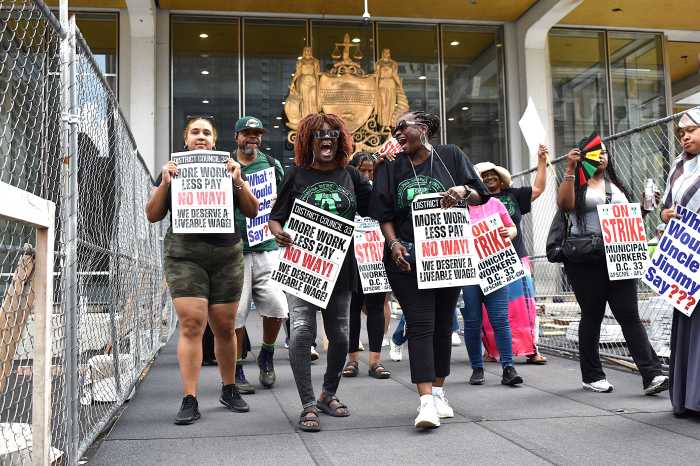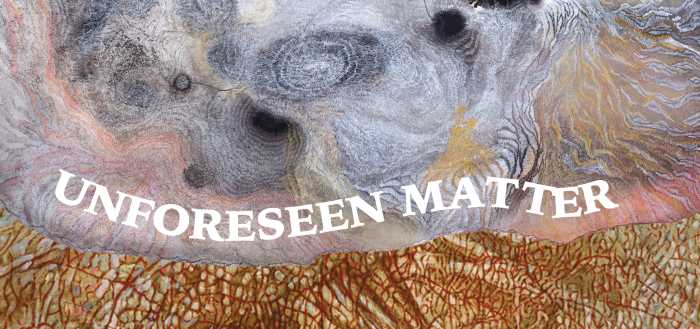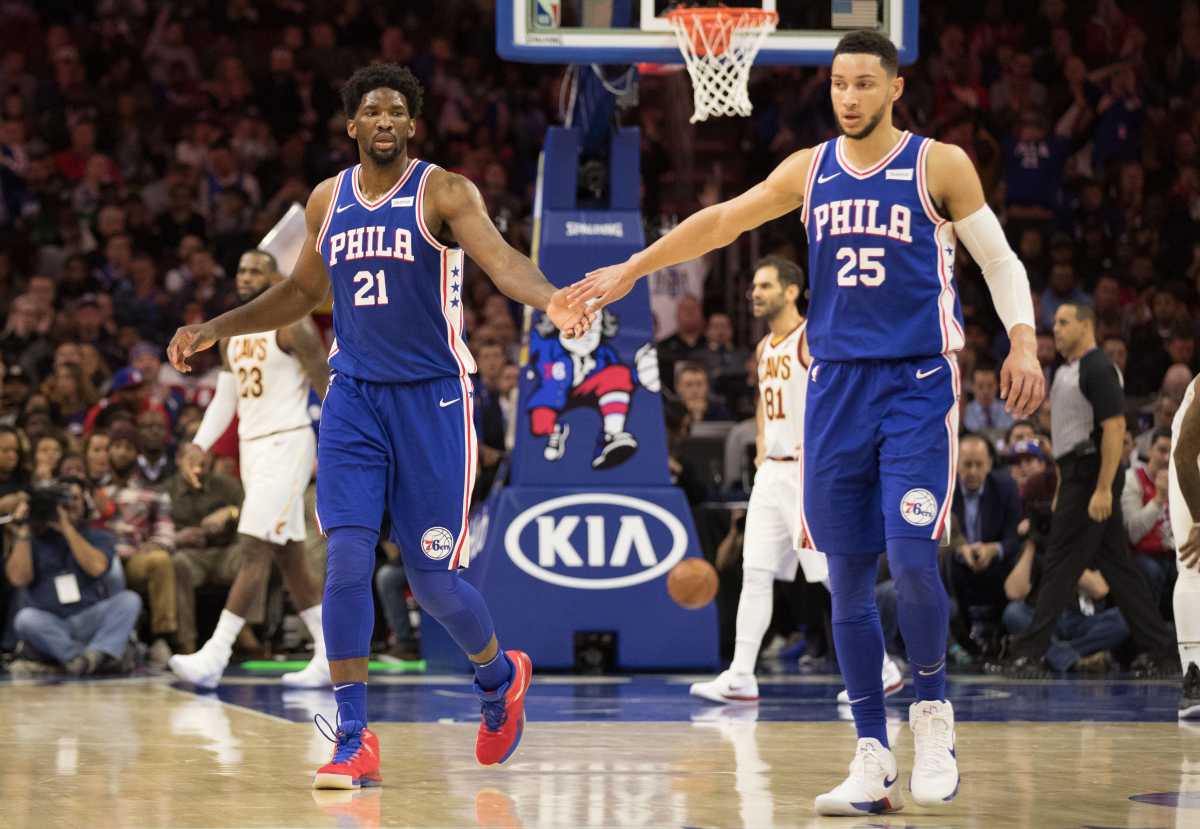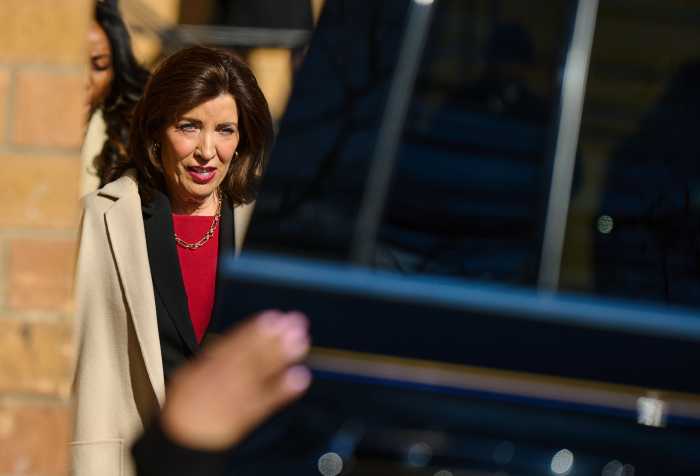By Jonathan Allen and Brendan O’Brien
An expert in the use of force by police on Wednesday faulted the actions of former Minneapolis policeman Derek Chauvin in last year’s deadly arrest of George Floyd, testifying that no force should have been used after Floyd was handcuffed and prone.
Los Angeles Police Department Sergeant Jody Stiger appeared as a prosecution witness at Chauvin’s murder trial, offering testimony intended to show that the defendant disregarded his training when he knelt on Floyd’s neck for more than nine minutes last May.
Stiger told jurors that Floyd, a 46-year-old Black man, posed no immediate threat and was not actively resisting when Chauvin used deadly force on him.
“My opinion was that no force was reasonable in that position,” Stiger testified. “The pressure … caused by the body weight could cause positional asphyxia and could cause death.”
Floyd’s death, captured on a video widely viewed on social media, prompted protests against racism and police brutality in many cities across the United States and around the world.
Chauvin, who is white, has pleaded not guilty to murder and manslaughter charges, arguing that he was following the training he had received in his 19 years on the police force. Three other officers on the scene have been charged with aiding and abetting murder and will stand trial later this year.
Chauvin and the three other officers were attempting to arrest Floyd on suspicion of using a fake $20 bill to buy cigarettes at a food store. They were fired the day after the incident.
Here are some of the most important moments from the eighth day of witness testimony:
Stiger, who has reviewed 2,500 cases in which police used force, resumed his testimony after first appearing on Tuesday.
Prosecutor Steve Schleicher asked Stiger to describe several photographs showing officers restraining Floyd. Stiger testified that it appeared Chauvin’s use of force was excessive.
“He was handcuffed, not attempting to resist, not attempting to assaulted officers, kick, punch of that nature,” Stiger said of Floyd.
Stiger also testified that Chauvin squeezed Floyd’s hand to get him to comply with the officer’s orders while he was handcuffed in the prone position. Stiger testified that Floyd did not appear to have an opportunity to comply.
“At that point it was just pain,” Stiger said.
Stiger also testified that members of the crowd gathered at the scene did not figure into his assessment of the situation since they did not pose a threat.
Records showed Chauvin completed 867 hours of police training. Stiger said that was “absolutely” enough time to prepare him for this situation.
Questioned by defense lawyer Eric Nelson, Stiger agreed that a police officer needs to take into account various factors during a fluid situation when considering using force.
“It has to be proportional,” Stiger said. “You are constantly reassessing during the time frame.”
Stiger also agreed with Nelson that Chauvin came upon such a situation in which a suspect was actively resisting officers who were trying to put him into a police squad car as people in a crowd yelled insults at them, posing a “potential threat.”
Nelson showed Stiger photographs taken at different times of the incident showing Chauvin with his knee on Floyd. Nelson asked Stiger whether he agreed that Chauvin’s knee was on Floyd’s shoulder blades rather than his neck.
“It appears to be more above the shoulder blades than on the shoulder blades,” Stiger testified, not agreeing with Nelson.
Prosecutors then called Senior Special Agent James Reyerson, an expert on the police use of force at the Minnesota Bureau of Criminal Apprehension. Reyerson said on the night of the incident he was called to Minneapolis City Hall where he began to collect evidence and photograph Chauvin.
Reuters


































